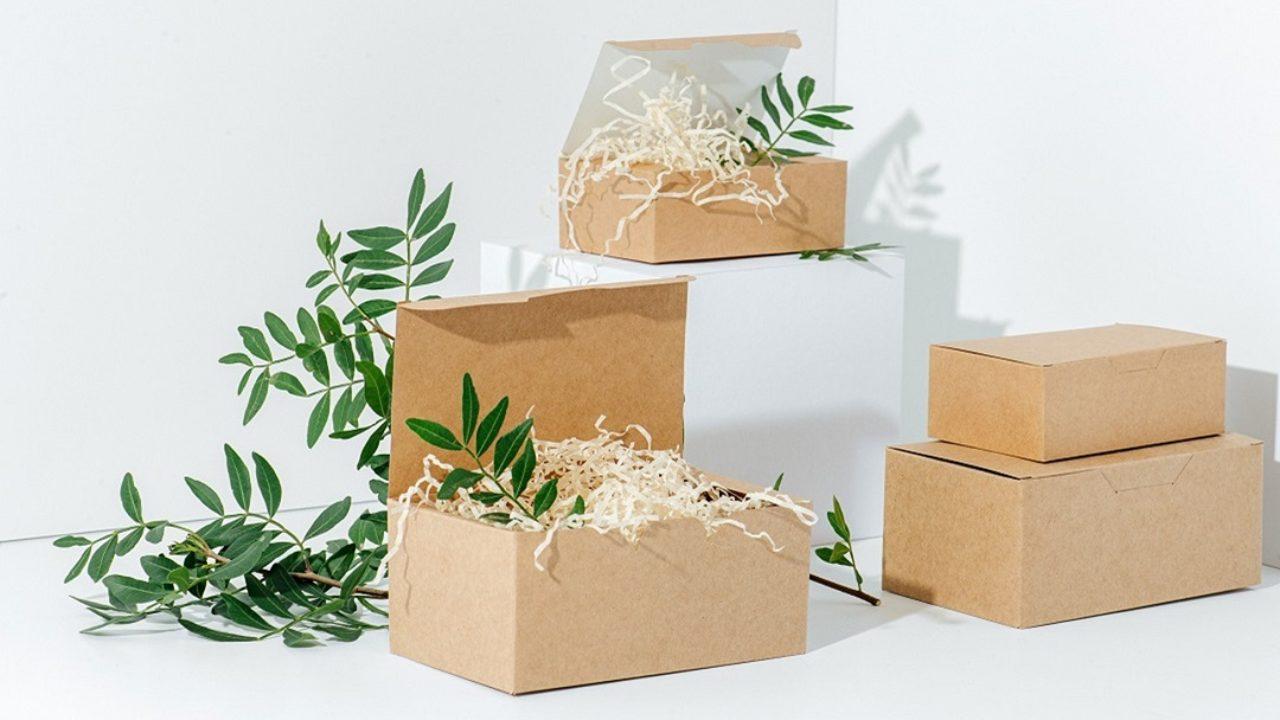As consumer awareness of sustainability issues increases, packaging companies are seeking new ways to reduce waste and leave less of an environmental footprint. One innovative solution gaining traction is disappearing packaging, which uses biodegradable materials engineered to fully break down over time without leaving microplastics or other residue. There is a growing body of research exploring suitable bio-based materials that can act as protective coatings or wrappers but ultimately return to nature.
Some potential biodegradable materials being experimented with include polylactic acid (PLA), a polymer made from fermented plant starch or sugar. PLA packs have already replaced some plastic vegetable bags and food container lids. Another candidate is polyhydroxyalkanoates (PHAs), which are produced naturally by bacteria and biodegrade completely when exposed to microorganisms like compost piles. PHAs show promise as compostable or edible food wrappers. Cellulose derived from plant fibers is also under consideration for use in thin, breathable coatings that dissolve in water.
Technical Challenges of Making Packaging Disappear
While the desire to create disappearing packaging is clear, transitioning to fully biodegradable solutions presents technical obstacles that require extensive research and testing to overcome. Chief among these is the need to develop sustainable materials that offer sufficient protection for perishable or fragile products during transport and storage periods. Some bioplastics currently lack the moisture or gas barriers necessary to preserve food quality over longer shelf lives. Their mechanical properties may also break down too rapidly under stress.
Companies are tweaking molecular structures and blend formulations to enhance bioplastics' functionality while preserving biodegradability. Additional technologies like nanoclay or protein film coatings aim to fortify Disappearing Packaging without compromising degradation rates. Improving processing methods allows manufacturers to precisely control material thickness and maximize strength. Sterilization that preserves biodegradability remains another hurdle, as does ensuring consistency between batches during scaling. Predicting and standardizing degradation periods across a range of soil and climatic conditions is also critical for validating effective disposal strategies.
Real-World Testing and Certification Standards
As packaging materials advance, comprehensive testing must validate their performance, safety, and end-of-life outcomes in real waste streams. Industry consortiums are developing standard protocols around biodegradability, compostability, and edibility. The American Society for Testing and Materials (ASTM) International oversees methods for simulating municipal and industrial composting along with anaerobic digestion to certify that 90-100% of a product will break down within 180 days. Additionally, the Biodegradable Products Institute (BPI) certifies plastics designed for industrial composting facilities.
Independent third-party verification of test results ensures marketing claims match verifiable biodegradation rates and environmental impacts. Full-scale pilot programs help identify challenges that arise when scaling up application of packaging technology across supply chains. Multi-stakeholder collaboration further refines collection, sorting, and composting infrastructure requirements. Overcoming fragmentation and harmonizing standards globally also eases market entry barriers that currently hinder widespread commercialization.
Get more insights on Disappearing Packaging


